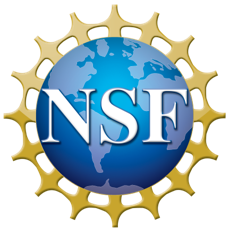The advanced manufacturing and production fields have a growing need for skilled technicians who can communicate effectively in teams. In response to this workforce demand, the project team will develop and test an adaptive virtual reality (VR) platform to help manufacturing technician students develop business communication skills. The platform will deliver interactive scenarios that allow students to practice business communication skills needed in today's factories context. In addition to this VR educational program, faculty in advanced manufacturing programs will participate in a workshop to develop case studies as supplementary instructional material to enhance student learning in these programs. The project will also include faculty externships in the industry to provide an opportunity for faculty to gain knowledge about the latest trends, skills requirements, new tools, and career opportunities in advanced manufacturing. The externship experience will help them improve their teaching and better serve their students. To strengthen the alignment between coursework and job tasks, the project draws on the long-standing partnership between Ivy Tech Community College of Indiana, Purdue University, and industry partners.
The intellectual merit of the project rests on the implementation of a research and development cycle that facilitates the development, testing, investigation, and revision of project activities and deliverables for improvement and goal attainment (e.g., advanced manufacturing technicians who develop the technical knowledge and skills, as well as the soft skills to work efficiently and effectively in modern manufacturing). To answer a priori and emerging questions, the project will use a mixed-method approach to advance knowledge around utilizing an immersive VR platform to help learners develop business communication skills.
This material is based upon work supported by the National Science Foundation under Grant Numbers 2000779 and 2000888.
Any opinions, findings, and conclusions or recommendations expressed in this material are those of the authors and do not necessarily reflect the views of the National Science Foundation.


.png)
.png)
.png)